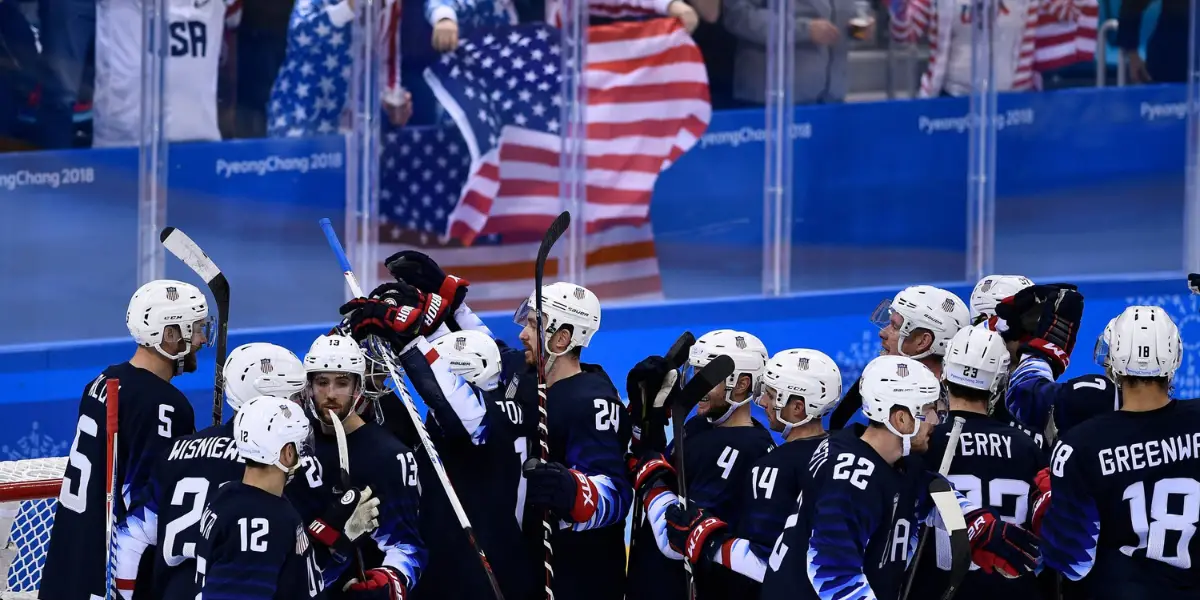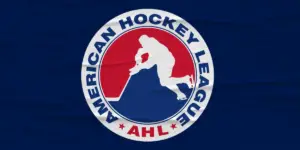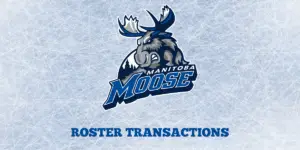
The USA Hockey Congress approved a rule on Sunday that will require all players under the age of 18 to wear neck protection in both games and practices. This policy also extends to 19-year-old players in the boys, girls, and junior levels, as well as on-ice officials under 18. The policy officially goes into effect on August 1st.
Discussions began among the USA Hockey Board of Directors in November, one month after 29-year-old player Adam Johnson suffered a fatal skate blade cut to the neck. Johnson played for England’s Nottingham Panthers. The hockey community quickly woke up, and many leagues immediately implemented stricter safety measures. For example, the English Ice Hockey Association implemented a rule that neck guards and protectors would become mandatory beginning in 2024 at all levels of hockey throughout England.
USA Hockey will not require players over 18 in adult leagues to wear neck protection, though it is highly encouraged. “Safety is always at the forefront of our conversations, and the action of our congress today reflected that,” USA Hockey president Mike Trimboli said in a press release. The organization has also recommended that cut-resistant socks, sleeves, and undergarments be worn. “We’re encouraged that the hockey industry is committed to continuing to work to improve the cut-resistant products that protect players to help influence the safest possible landscape for the game,” said Pat Kelleher, USA Hockey executive director. For example, Warroad, a hockey company started by Washington Capitals forward T.J. Oshie, specializes in blade-resistant hockey gear and has become a huge trailblazer in the way of protective gear. Other brands, like Bauer and CCM, have jumped on board as well and come at a more accessible price than the small business, making sure that everyone has the opportunity to buy the life-saving gear.
USA Hockey is the second governing body in the nation’s hockey scene to mandate neck protection. In December, the International Ice Hockey Federation (IIHF) made neck guards mandatory at all levels of play, including the Olympics and adult championships, though no date has been set for when the mandate goes into effect. While the NHL does not require players to don neck gear during play, many have adopted it as part of their regular uniform. Additionally, the Pittsburgh Penguins have required their AHL and ECHL teams to wear protective gear, as have many junior hockey leagues, including the Ontario Hockey League, Western Hockey League, and Quebec Major Junior Hockey League.
Requiring players to wear protective neckguards increases their safety on the ice and greatly reduces the risk of serious injury during play. USA Hockey is paving the way for the future of player safety, and many leagues will likely follow suit shortly.
Discover more from Inside The Rink
Subscribe to get the latest posts sent to your email.



